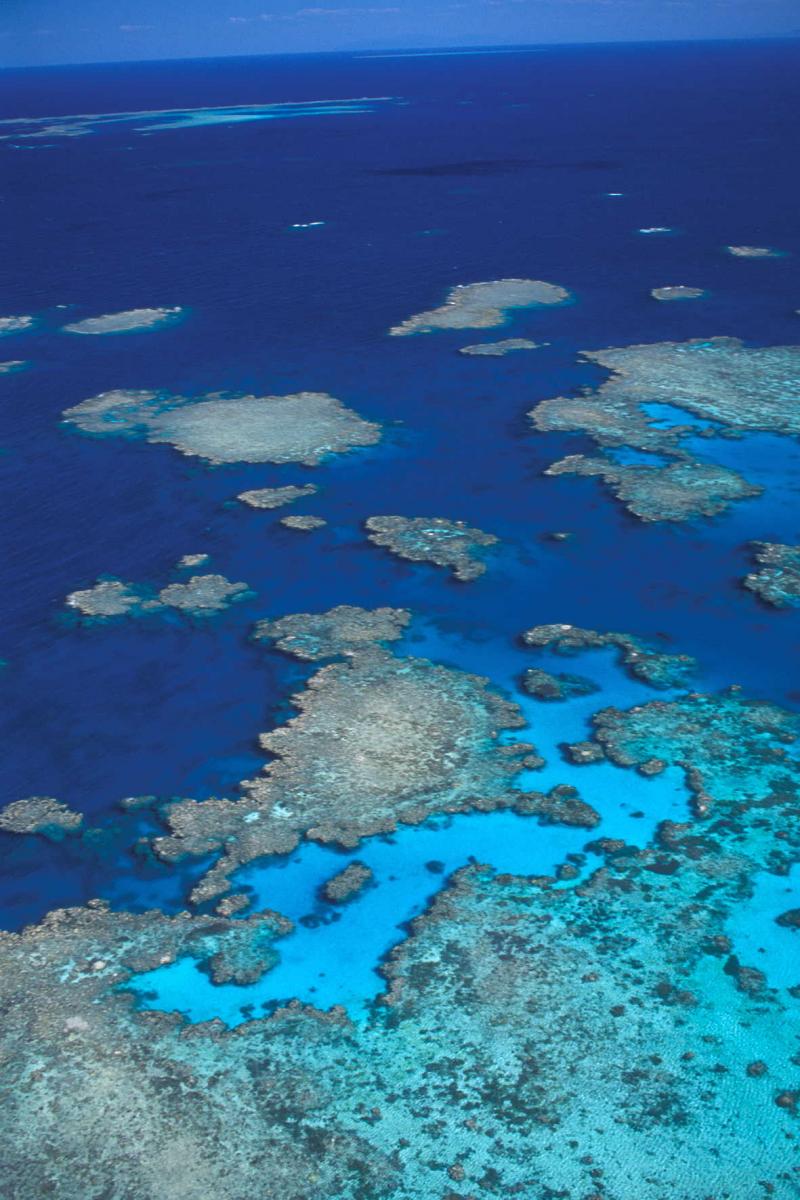October 30, 2013
A collaborative initiative to better align research and monitoring efforts with management priorities on the Great Barrier Reef (GBR) will provide a useful framework for monitoring the health of Australia’s marine and coastal ecosystems more broadly, according to researchers from the NERP Marine Biodiversity Hub.
Established to address the urgent need for integrated, evidence-based and priority-driven management of the GBR, the recently completed Great Barrier Reef World Heritage Area (GBRWHA) Integrated Monitoring Framework was a partnership between three NERP Hubs (Marine Biodiversity, Tropical Ecosystems and Environmental Decisions) and the Great Barrier Reef Marine Park Authority (GBRMPA). The framework drew on the expertise of GBRMPA and the Australian Institute of Marine Science.
Paul Hedge, Deputy Director of the Marine Hub, said the initiative was a response to the Great Barrier Reef Outlook Report in 2009, which found that the GBR region — the world’s most extensive coral reef system — is under increasing pressure from multiple sources.
The initiative also addresses the more recent concerns of the World Heritage Committee about cumulative impacts to the reef, he said.
Recognised in 1981 by UNESCO as a World Heritage site, the GBR has some of the richest biological diversity on Earth, yet a 2012 analysis of 27 years of monitoring data revealed that living coral is in decline on GBR reefs with the average coral cover falling by half between 1985 and 2012 (De’ath, 2012).
The decline underscores the importance of an integrated approach to monitoring our marine assets, that enables the effects of cumulative pressures to be understood and addressed at an appropriate scale.
The two drivers for this initiative were to directly link monitoring to management priorities, and to efficiently use monitoring resources.
The GBRWHA Integrated Monitoring Framework identifies: priorities for management, existing monitoring programs aligned with these priorities, gaps in knowledge or capacity — such as governance arrangements for integrated monitoring — and options for how these gaps could best be addressed, recognising that information must be collected and managed in a way that enables data sets to be integrated.
'For example, if you have twenty people collecting seagrass or coral data at different sites, you want them collecting it in complementary ways so that data can be integrated to reveal the bigger picture,' Paul Hedge said.
'It’s one thing to understand the pressures on a particular asset and the resulting trend in a single bay, but is that trend unique to that bay or is it occurring right across the reef?'
These broader understandings are important so that we can link cause and effect — whether a particular pressure, or group of pressures, is responsible for observed changes to a natural asset(s) — at the scales that ecosystems are being managed.
Prioritising the questions that need to be answered, and then testing the understanding of cause and effect relationships by observing and bringing together relevant data, allows adaptive management based on useful and relevant evidence.
Appropriate governance is key for integrated monitoring programs, with the Reef Plan project — a Commonwealth and State government undertaking designed to improve the quality of water in the GBR — providing a strong basis to draw from in terms of an effective governance structure.
The GBRWHA Integrated Monitoring Framework is expected to help inform the development of a blueprint for marine monitoring of Australia’s Exclusive Economic Zone, including the Commonwealth’s estate of offshore reserves, supporting the needs of the Commonwealth Department of the Environment.
Further reading
- De’ath G, Fabricius KE, Sweatman H, Puotinen M (2012). The 27-year decline of coral cover on the Great Barrier Reef and its causes. Proc Natl Acad Sci USA. doi:10.1073/pnas.1208909109
- A blueprint for ecosystem health reporting across the EEZ (NERP Marine Biodiversity Hub newsletter, August 2013)
- Great Barrier Reef Outlook Report 2009
- Reef Water Quality Protection Plan (Reef Plan)
Images:
- An aerial view of the coral in the Great Barrier Reef World Heritage Area.
- Corals of the GBRWHA (Images: Great Barrier Reef Marine Park Authority)


Contact
Paul Hedge, CSIRO
- Log in to post comments
